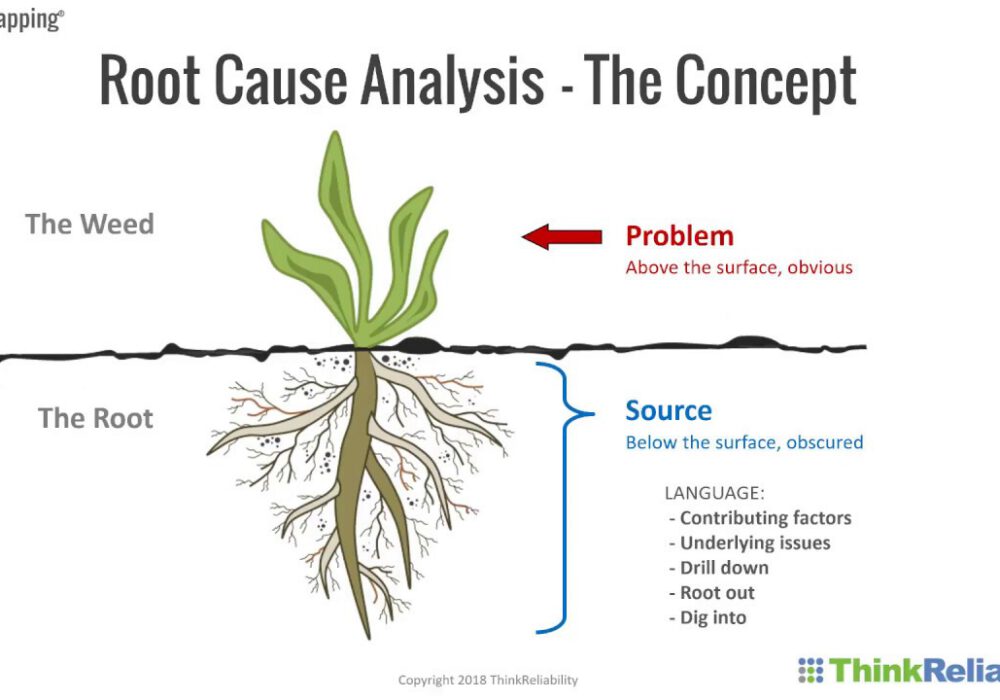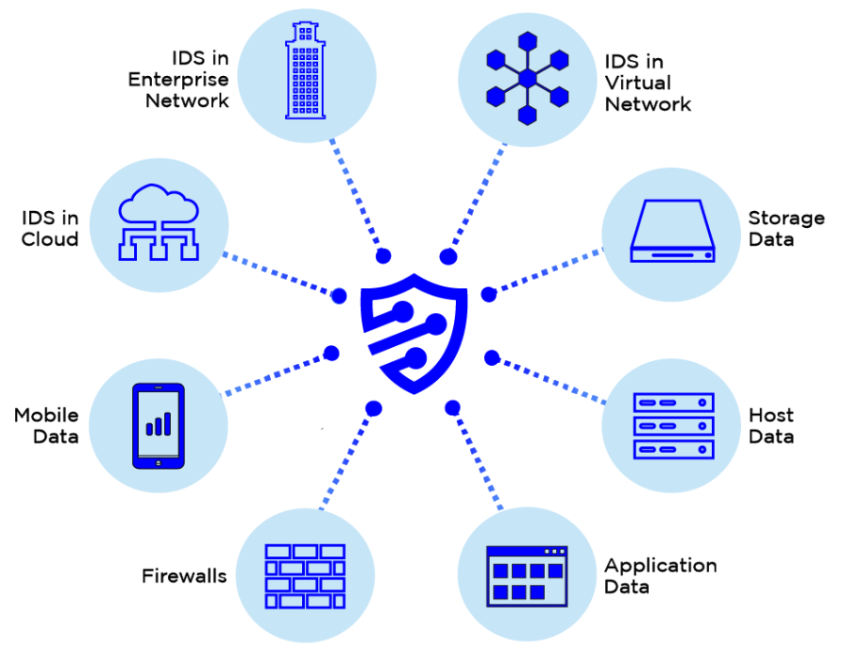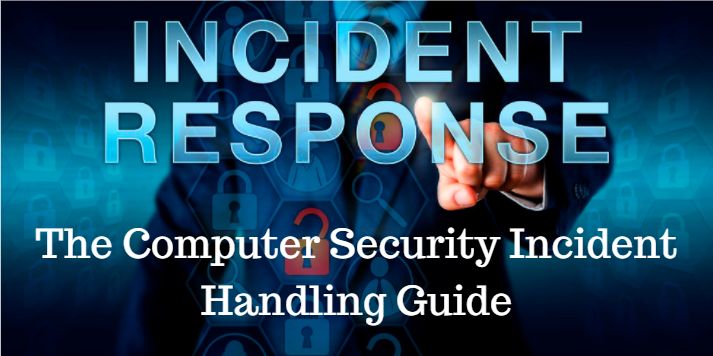"Easy to implement and get immediate results. Through CyberHoot, I can single-handedly support a company with 500 people in training and policy governance with a minimum of effort. More employees now send me phishing emails they receive, stating 'this is a phishing email' as opposed to just clicking on them."










